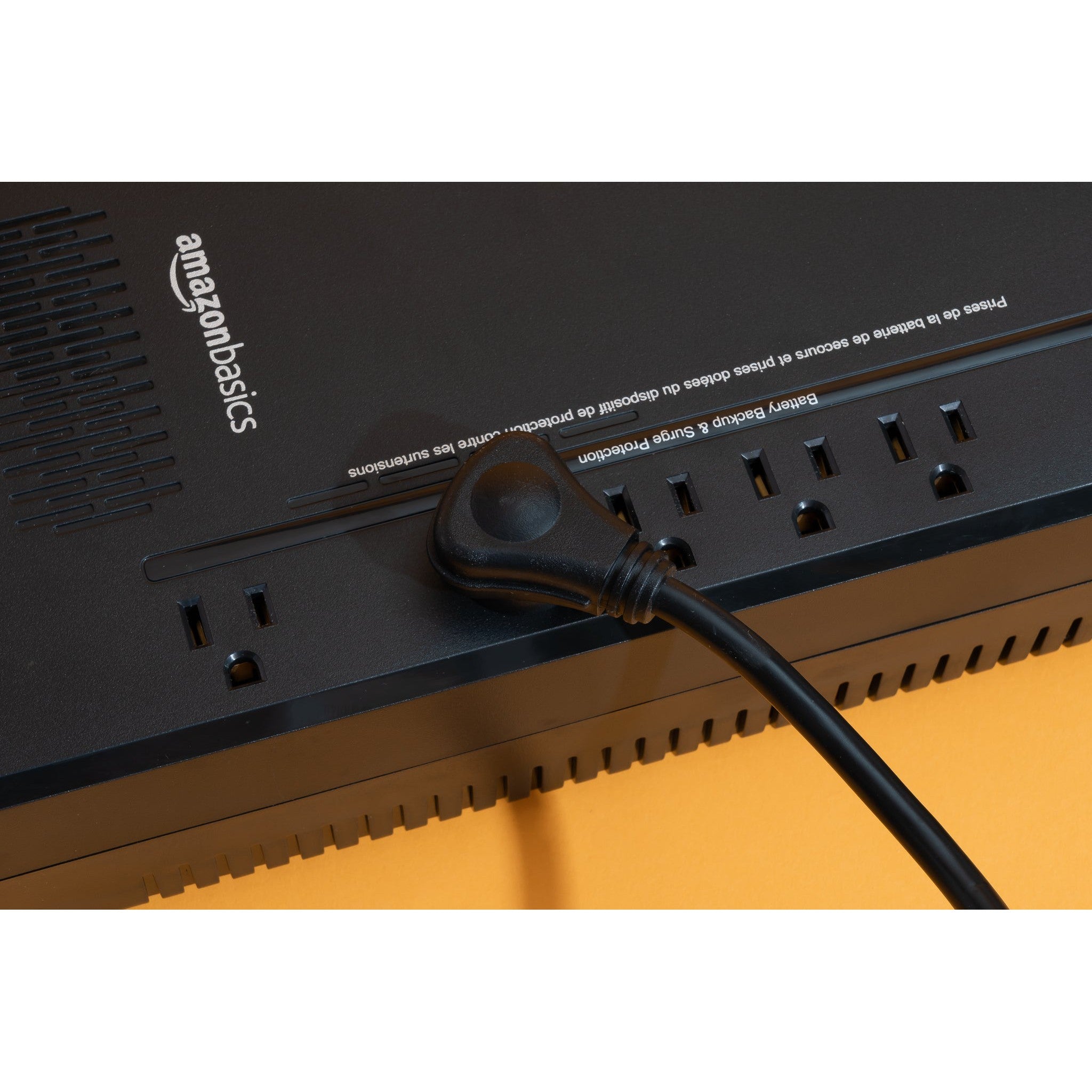What Type of UPS Do I Need? A Comprehensive Guide

The world increasingly depends on electronic devices for both personal and professional purposes. From protecting sensitive computer equipment to ensuring the continuity of your home entertainment system, an Uninterruptible Power Supply (UPS) is a vital piece of tech. It guarantees power supply when you need it most, especially during sudden outages. But with various UPS systems available, choosing the right one can be a challenge. Let’s break down the options.
### **1. Understand the Basics**
Firstly, what is a UPS? Essentially, it's a battery backup that provides power to your devices when the electrical supply cuts out. They're crucial for preventing data loss and protecting electronics against power anomalies.
### **2. Different Types of UPS Systems**
**a) Standby (Offline) UPS:**
The most basic form, the Standby UPS, remains 'off' until it detects a power loss. At that moment, it switches to battery mode to power connected devices. It's suitable for home use and small businesses.
**b) Line-Interactive UPS:**
This type adapts to voltage drops without using the battery, making it more efficient than the Standby option. It's designed for business environments, especially where voltage fluctuations are frequent.
**c) Online (Double Conversion) UPS:**
This UPS continuously powers the connected devices using its battery, while simultaneously charging the battery using the main power. This guarantees no interruption in power supply. It's ideal for sensitive equipment and data centers.
### **3. Determine Power Requirements**
Before selecting a UPS, assess how much power your devices need. This is usually measured in watts (W) or volt-amperes (VA). Check your device's manual or product sticker for this information. When choosing a UPS, ensure its capacity exceeds your total device power requirements.
### **4. Consider Backup Time**
How long do you need the UPS to provide power? If you merely want enough time to save your work and shut down your computer safely, a few minutes would suffice. For longer backup needs, like keeping security systems or medical equipment operational during prolonged outages, you'll need a more robust solution.
### **5. Additional Features to Consider**
- **Automatic Voltage Regulation (AVR):** Stabilizes voltage levels without resorting to the battery.
- **Communication Features:** Allows the UPS to communicate with connected devices or PCs, enabling automatic safe shutdowns during extended power outages.
- **Surge Protection:** Protects devices from harmful voltage spikes.
- **Noise Filtering:** Eliminates electromagnetic and radio frequency interference.
- **Hot-swappable Batteries:** Enables battery replacement without turning off the UPS or connected devices.
### **6. Think About Placement**
Depending on where you intend to place your UPS, size and form-factor might be considerations. Some UPS systems are bulky and meant for floor placement, while others can be rack-mounted or placed on a desk.
### **7. Plan for Growth**
If you anticipate adding more devices in the future or foresee business growth, buy a UPS with a capacity greater than your current needs. It's a wise investment that will save you from needing an upgrade too soon.
### **8. Price vs. Quality**
Finally, while it's tempting to go for the cheapest option, remember that a UPS is a protective measure for your valuable equipment. Consider it an investment and ensure that you're getting a reliable product from a reputable brand.
### **Conclusion**
The right UPS can be a lifesaver, guarding against unexpected power outages, data loss, and potential damage to your devices. By understanding your needs and the available options, you can make an informed decision and enjoy peace of mind. Remember to periodically test and maintain your UPS to ensure its longevity and optimal performance.







